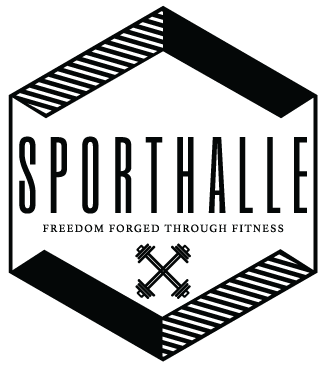You’ve heard it before. “Breakfast is the most important meal of the day.” It’s become cliche. And like so many aphorisms you lose an important message when you overlook it.
A healthy breakfast can support your physical and mental performance. If you are trying to excel, grow, and make changes to your body or in your life then you need the proper fueling regimen to get you there.
Have you ever crashed during your workout? Felt mentally foggy or weak on a particular day? There’s probably a correlation with your nutrition. Whether it can be drawn back to the days breakfast or the long term effects of neglected nutrition you can probably find a link.
To get the results you want need to pay attention to your nutrition. Some people do better with big changes. But today let’s just focus on how you can make your breakfast 10% better.
There are so many benefits of eating a healthy breakfast. Of course improved performance is one, but eating breakfast has also been shown to reduce food cravings later in the day. It can also improve mental clarity and boost energy.
Our bodies are complex machines and the benefits of breakfast impacts the way our body operates for the day. Eating breakfast affects neurotransmitter production, electrolyte balance, blood sugar levels and more. Our bodies operate with best with certain types of fuel and the right ratio of carbs, fat and protein to perform at their best. But before you reach for your Cornflakes chill for a second. Not all breakfasts are created equal.
So what are the makings of a great breakfast?
Choosing high quality proteins, healthy fats, and low glycemic carbs is a great start to make your breakfast 10% better!
Increasing protein intake is one of the best decisions you can make for your nutrition, especially at breakfast. Protein contains high quality amino acids that will keep you satiated and prevent cravings later in the day. Try to eat some solid protein such as meat or eggs. If you need a quick option try keeping hard boiled eggs and greek yogurt on hand. They are easy options to scarf down quickly or grab on your way out the door to work. Protein shakes are also good but whole foods are best. People who consume liquid protein in the morning don’t get the same satiety benefits and still tend to overeat later in the day. Use protein shakes only if no other options are available or you are going to exercise first thing in the morning and need something fast digesting.
For fats look for foods like nuts, seeds, and avocados. These foods provide healthy monounsaturated fat and are chock full of vitamins and minerals as well. Rotating through different fats will ensure you have diversity in your diet and prevent excessive intake of any one food. A handful of nuts, an avocado packet, or some chia pudding are all easy grab and go options for healthy breakfast fats.
For carbs at breakfast you should take a less is more approach. Focus on low glycemic carbs such as leafy greens and broccoli. Dark berries are also great choice when fresh and in season. This will give you some additional fuel for your day. Try to avoid highly processed foods that will spike your blood sugar and have you craving carbs and making energy levels crash throughout the day.
Not a fan of breakfast?
There can be benefits to intermittent fasting too. Just recognize how your body feels and performs its best. For some people that is 5-6 small meals per day. For others a big lunch or dinner is all it takes. Focusing on high quality whole foods, getting enough protein and heart healthy fats, and calibrating carb intake based on your activity levels.
For more nutritional and training strategies get in touch with one of our coaches today!
